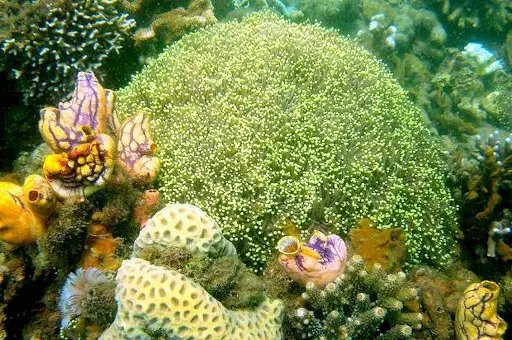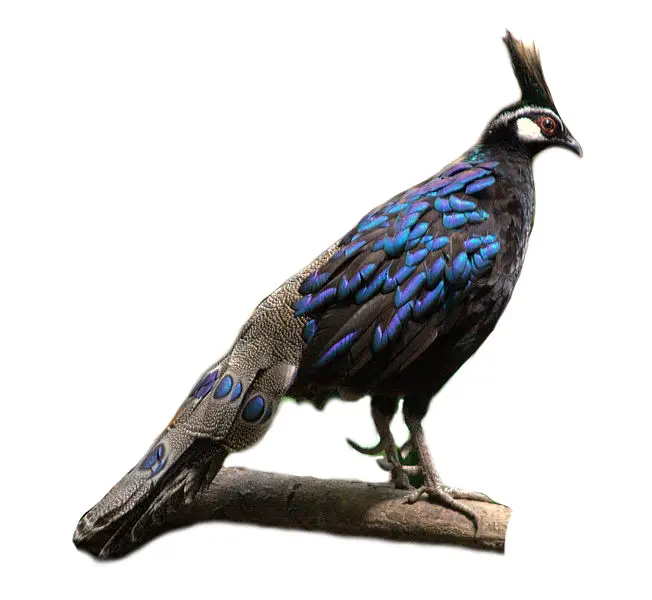Description
The amazing wildlife of Palawan thrives in the Island of Palawan, the Philippines’ “Last Ecological Frontier.” Palawan Islands, composed of more than 1,700 islands, abound with natural resources akin to an unexplored wilderness.
In 1990, the United Nations Educational, Scientific, and Cultural Organization (UNESCO) declared the whole province of Palawan, comprising 1,489,600 hectares, a biosphere reserve. The Palawan Biosphere Reserve is a cluster of islands composed of one long main island and smaller groups of islands around it.
Diverse Array of Wildlife in Palawan
The province has a very diverse array of animals and plants in its terrestrial and marine ecosystems. Virgin forests still exist in the mountainous regions of Palawan while the area’s marine waters are highly productive. The coastal waters of mainland Palawan, the Calamianes Islands composed of Coron, Culion, Busuanga and Linapacan in the north; Cuyo group of islands in the east; Cagayancillo in the southeast; the Balabac group of islands in the south; and the Kalayaan group of islands in the west, can supply more than 65 percent of the fresh fish supply of Metro Manila, the capital city of the Philippines.
The extensive coral reefs at about 11,000 square kilometers represent more than 35% of the Philippines’ coral reefs thus contribute significantly to the massive fish production in the country.

A Paradise on Earth: Many Endemic Species
Visitors call the province a “paradise on earth” because of its beautiful sceneries, bountiful natural resources and high level of animal and plant life endemicity. According to recent estimates, there are 232 endemic species of wildlife in Palawan. Endemic species are animals and plants that are peculiar only to Palawan. Because of this, the province was declared a World Heritage site by the United Nations Educational, Scientific, and Cultural Organization (UNESCO).
Based on the International Union for the Conservation of Nature (IUCN) classification, 105 out of the 475 threatened species in the Philippines occur in Palawan. Of the 105 threatened species, 67 are endemic to the Philippines wherein 42 are endemic only to Palawan (UNESCO, 2013).
Palawan’s coastal and marine ecosystems include 379 species of corals , 13 species of seagrasses, and 31 species of mangrove. Mangrove forests comprise 44,500 hectares of the coastal zone, making it the highest remaining mangrove cover in the country. Several marine animals inhabit the coasts and deep marine water areas such as dugong, sea turtles, and whale shark (UNESCO, 2013). Similarly, the terrestrial and freshwater ecosystems are also diverse. Old-growth and second-growth tropical rainforest, karstic limestone, forest over ultramafic rocks, casuarinas and beach forest serve as habitats for freshwater fish of which 18 are Philippine endemic, amphibians where 26 are Philippines endemics, 69 species of reptiles, 279 species of birds, migratory birds, and 58 species of terrestrial mammals where 16 are Palawan endemics (UNESCO, 2013).

The Palawan peacock pheasant (male), an endemic bird species found in the province.
e-book on the Wildlife of Palawan
Have a glimpse of the diversity of wildlife in Palawan in the first fully illustrated e-book of its kind dedicated to a selection of endemic, charismatic, and amazing wildlife of Palawan. Buy now and help conserve biodiversity.
A portion of the proceeds from this e-book will be used to fund further study on the unique wildlife of Palawan — the Philippines’ last ecological frontier. Your support will go a long way.
Referenced Information
The animals featured in this book are the author’s personal documentation of first-hand encounters with these animals in the wild during field work or while these animals are in captivity. It includes information about the animal’s biology, a map of the animal’s population distribution based on the International Union for the Conservation of Nature (IUCN) Red List, feeding habits, population status, threats, among others based on relevant references.
Reference
UNESCO. Palawan. http://goo.gl/D9ZEci , November 2013. (Accessed on 04/09/2016)

Reviews
There are no reviews yet.